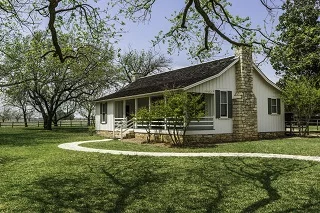
When insuring your home, you have a few options available to you: Actual cash value, replacement cost, and extended replacement cost. Here’s how that breaks down:
Actual Cash Value
Actual cash value is rarely the best option. It covers the actual cash value of your home. This will be determined through appraisal, inspection, and evaluation of sales of similar homes in your area.
The problem with actual cash value is that it doesn’t go a penny over the value of your home. Being able to rebuild a home after a disaster is almost certainly going to cost you more than a to-the-dollar reimbursement. Your home’s cash value will rise and fall over the years. It will depreciate and the economy will have its ups and downs. Plus, rebuilding your home — or buying another home of similar quality — could leave a margin of tens of thousands of dollars. Actual cash value won’t leave you holding the entire bill, but it won’t provide as much coverage as you might like.
Replacement Cost
Replacement cost means that your insurer will pay you what it costs to build a home of similar quality. This is a good start, but it doesn’t leave much of a margin for error. If the replacement winds up costing a little more than you expected, you could wind up paying for that out of pocket.
Extended Replacement Cost
Depending on your policy, extended replacement cost could pay anywhere from 25 percent to 50 percent over replacement cost. This is paid out, even if your project comes in on time and under budget. This means that you can put the rest of the money towards renovations, rather than building a carbon copy of your previous home.
If you want the best possible protection from your home insurance, you will get it with extended replacement cost. You are going to be paying a bit more for this level of coverage. But if you want to make absolutely certain that you’re completely covered in the event of a disaster, there’s really no other reasonable solution.



